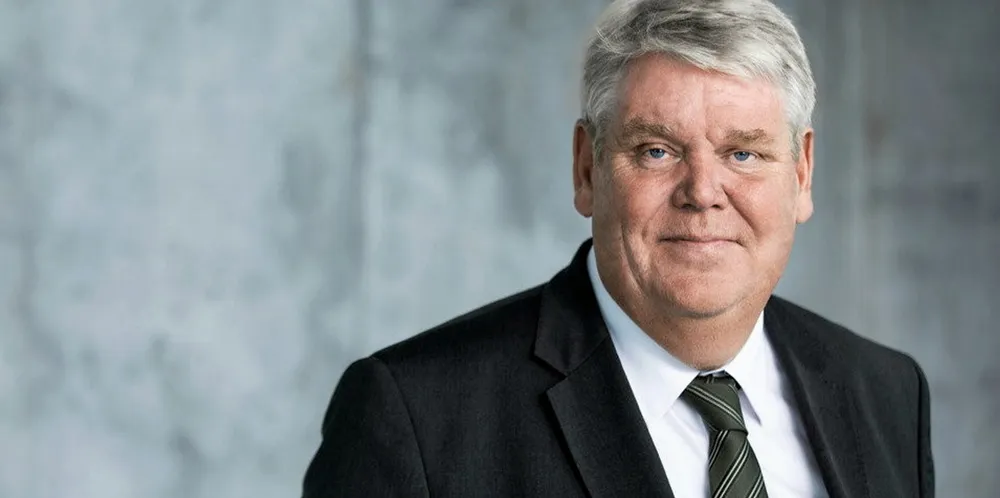Vestas chairman: 'The current energy crisis must finally teach us the true value of renewables'
The sheer magnitude of the challenges currently being faced by the planet, from climate action to energy security, has still not been fully grasped, but a crisis can also yield good when it pushes us towards solutions says Bert Nordberg
